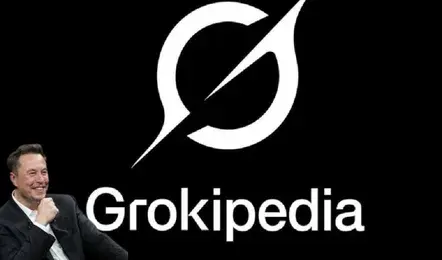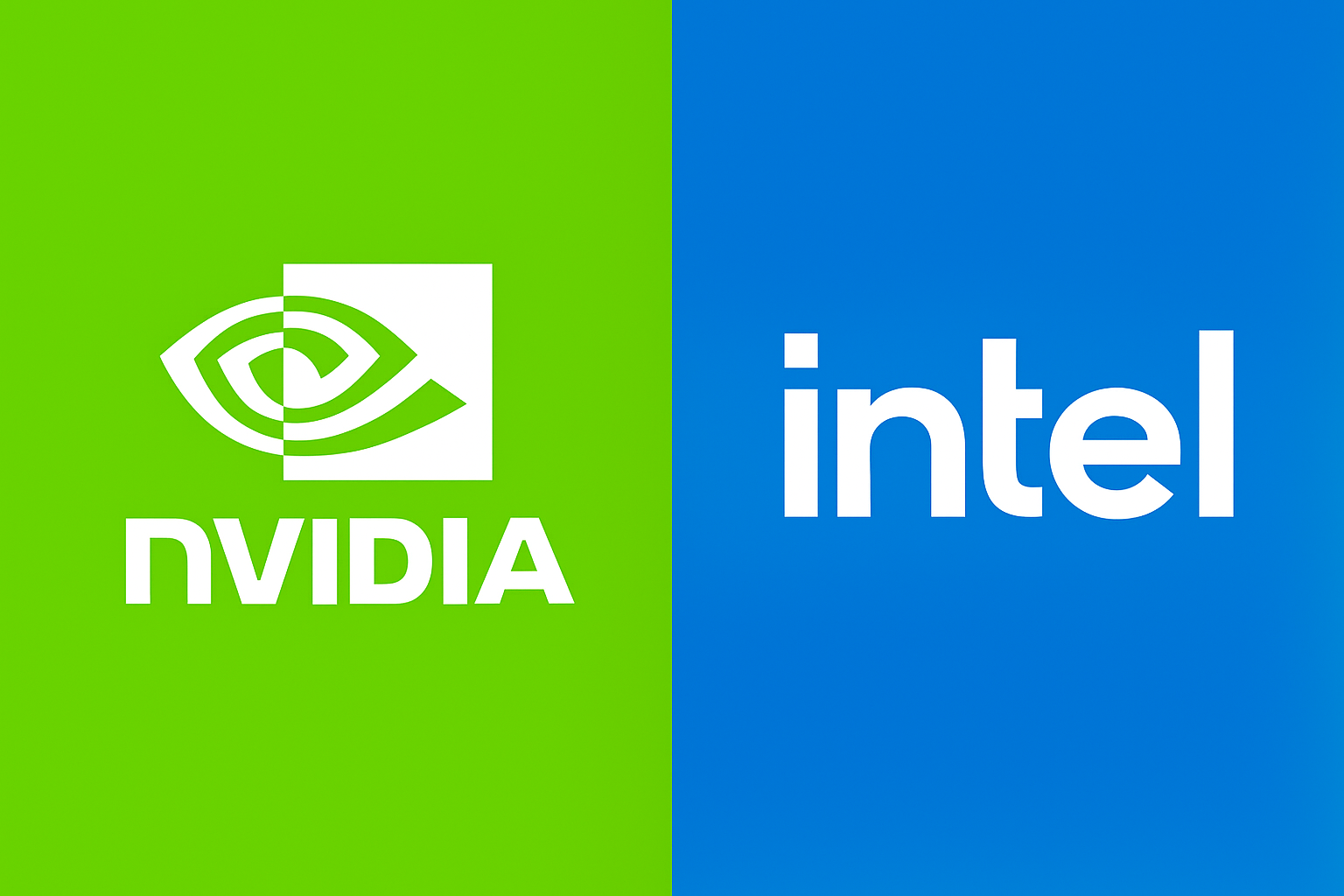OpenAI Releases Open-Weight AI Chatbot Models — But Not Everyone Is Celebrating
In a move that has both thrilled researchers and alarmed ethicists, OpenAI has released two of its AI chatbot models with open weights, allowing developers and organizations to access, run, and fine-tune the models directly. While this step supports the global push toward transparency and innovation in artificial intelligence, it also raises pressing concerns about misuse, misinformation, and lack of guardrails.
What Are “Open-Weight” Models?
Unlike closed models (like GPT-4 or Claude), open-weight models allow anyone to download and deploy the model on their own infrastructure. This level of access supports:
- Academic and independent research
- Enterprise experimentation
- Custom AI solutions tailored to niche use cases
- Development in low-resource or privacy-critical environments
OpenAI’s release follows similar moves by Meta (LLaMA), Mistral, and others—but given OpenAI’s leading role in generative AI, this release has broader symbolic and practical weight.
Why This Is a Big Deal
OpenAI has long been known for prioritizing safety and alignment before releasing powerful tools. So, opening the weights of its models marks a significant departure—especially considering the current climate of AI misuse in:
- Deepfake creation
- Scalable misinformation
- Fraud and phishing attacks
- Jailbreaking and model manipulation
For researchers and developers, it’s a huge win for transparency and experimentation. But critics argue it could accelerate access to powerful tools for bad actors.
The Innovation vs. Misuse Debate
The release has ignited a fierce debate across AI communities:
Pro-Innovation Viewpoint:
Open-weight models democratize access, allow for meaningful benchmarking, and promote decentralized innovation. Closed models concentrate power among tech giants.
Risk & Misuse Perspective:
Without proper safeguards, open models can be fine-tuned for unethical uses, circumvent content restrictions, or be deployed in uncontrolled environments, leading to real-world harm.
This mirrors past tensions in tech: freedom vs. control, decentralization vs. responsibility.
How OpenAI Is Framing the Release
OpenAI has stated that these released models are not at the GPT-4 level, and are instead smaller models intended for responsible research and development. However, many experts believe the gesture signals a gradual shift toward more open practices, especially under pressure from competitors.
OpenAI has also committed to ongoing monitoring and community collaboration to address safety concerns.
What’s Next?
The open-weight release by OpenAI could have ripple effects across:
- Startups looking to build custom AI tools without relying on APIs
- Governments and regulators seeking clearer frameworks around AI access
- Academic institutions developing new benchmarks and alignment strategies
Whether this will lead to faster innovation or faster weaponization of AI tools remains to be seen.
Final Thoughts
OpenAI’s move marks a pivotal moment in the evolution of generative AI—a bold step toward openness that walks a tightrope between empowerment and exploitation. As more companies follow suit, the need for clear ethical frameworks and community standards will become even more critical.
Will this usher in a new era of open innovation—or open a Pandora’s box of AI misuse?
Let us know what you think in the comments.👇








